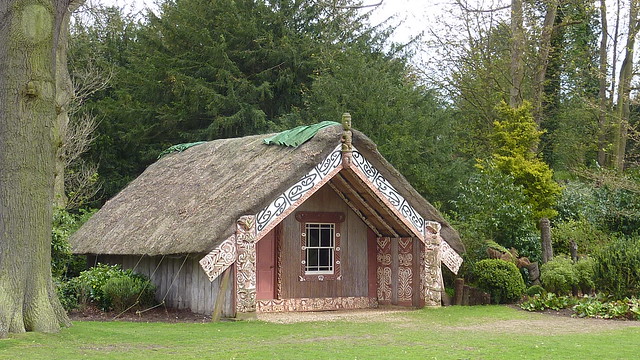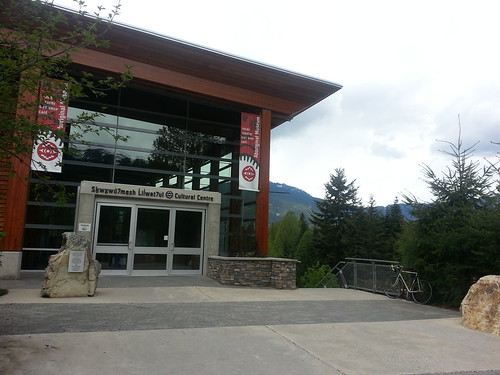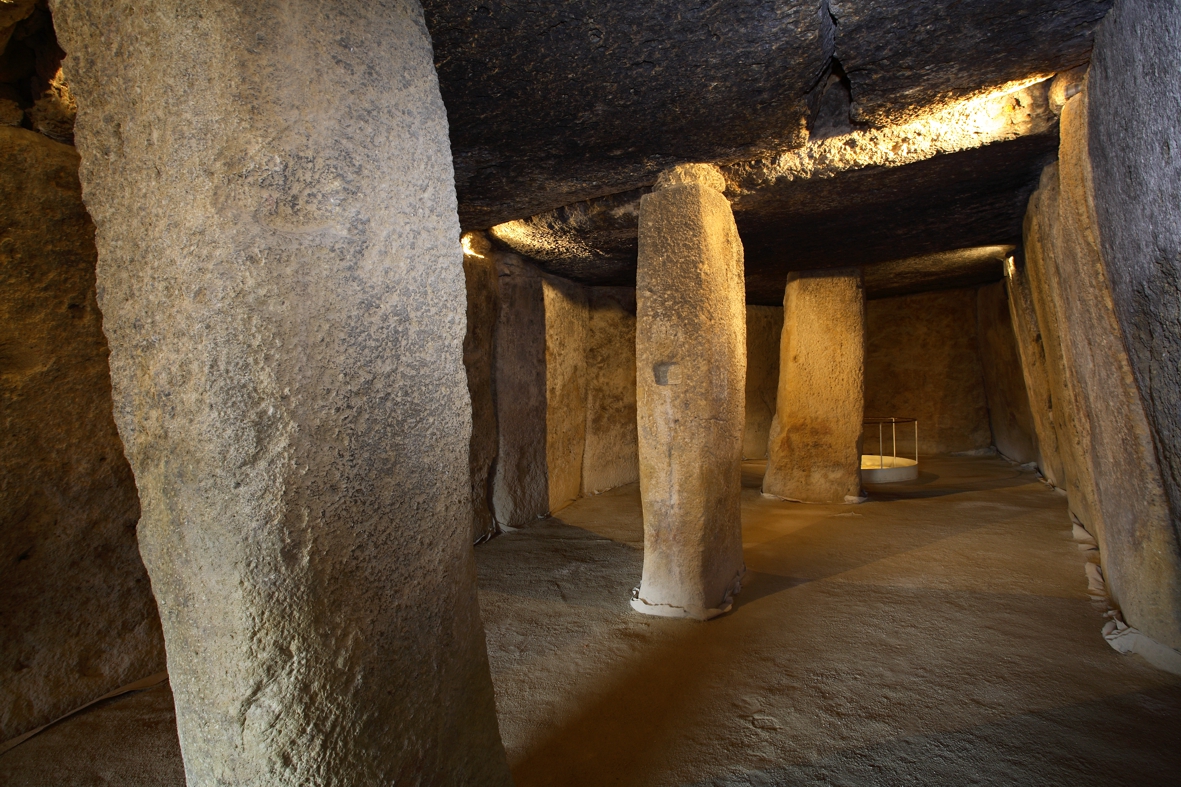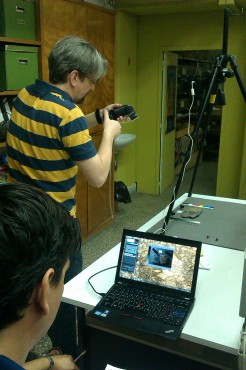CAHO Seminar Series 2013-10-04 09:15:40
This year’s speakers list starts to look very promising.
Nick Ashton, curator of Palaeolithic and Mesolithic collections at the British Museum, will be visiting us in early November to talk about Early Palaeolithic in Britain.
Continue reading →







